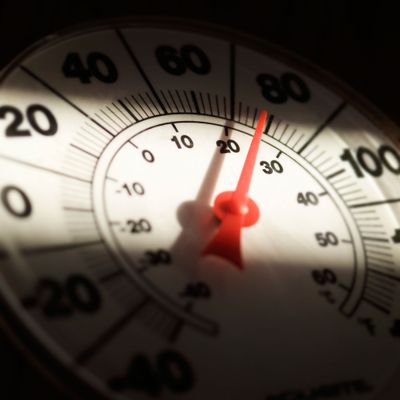
The Tinder Experience requires users to open themselves up to split-second judgments from other Tinder-ers. Thankfully, though, we’re not privy to the exact reasons someone swipes left on us.
But it turns out the guy with the cat photo and arm tattoo is not the only one passing judgment on your desirability. Tinder has an internal ratings system, and every user is given a score, Fast Company discovered.
CEO Sean Rad explains that the company’s “Elo score” (a reference to how chess players rank their skill level) is based on a very complicated algorithm that takes into account how many people swipe on you, how many don’t, how many people you swipe on, how many matches you get, and several other data points.
Ranking is not readily available to users — but if it were, would you really want to know?
Consider this tale: One time, when I was in sixth grade, my friends and I were approached by an eighth-grader at the pool. He told us all to line up so he could give us our “score” on a scale from 1 to 10. For some reason, we did. Justin walked down the line, looking us up and down. The girl to my right got a 9; the girl to my left, an 8. I will not tell you my score, but that number has been seared into my brain more permanently than my Social Security number and childhood home-phone number. That will probably be the last thing I whisper on my deathbed: Justin said I was a —
Do you really, really want to know? Still?
Now, that being said, does anybody know a member of the Tinder analytics team who might be able to help me out with a question I have?


